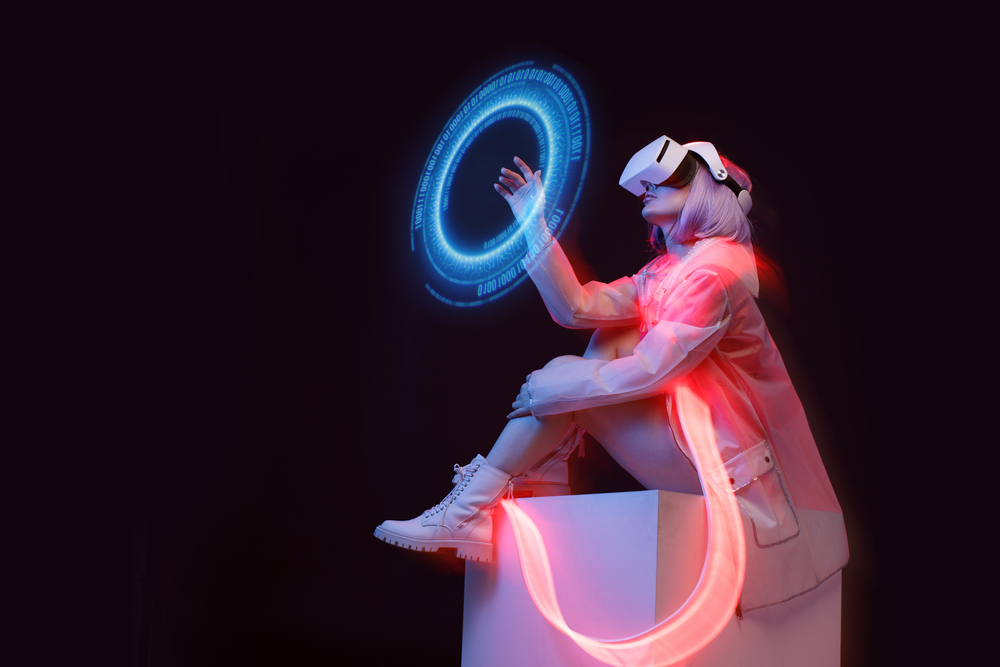Holographic Haute Couture: Fashion's New Digital Frontier
In the ever-evolving world of fashion, a groundbreaking trend is emerging that blurs the lines between the physical and digital realms. Holographic haute couture, a fusion of cutting-edge technology and high-end fashion design, is captivating runways and red carpets alike. This innovative approach to clothing creation is not only pushing the boundaries of what's possible in fashion but also challenging our perceptions of materiality and self-expression in the digital age.

Technological Advancements Driving the Trend
The rapid advancement of augmented reality (AR) and holographic display technologies has been instrumental in the rise of holographic haute couture. Miniaturized projectors, flexible OLED displays, and sophisticated AR software have enabled designers to create garments that can change patterns, colors, and even shapes in real-time. This dynamic nature of holographic fashion allows for unprecedented levels of customization and adaptability.
Pioneering Designers and Collections
Several visionary designers have emerged as leaders in the holographic fashion movement. Renowned tech-savvy fashion house Iris van Herpen has been at the forefront, unveiling a collection that seamlessly blends 3D-printed structures with holographic overlays. Meanwhile, emerging designer Zoe Chang has gained critical acclaim for her ethereal holographic gowns that respond to the wearer’s movements and emotions.
The Impact on Traditional Fashion Houses
The rise of holographic haute couture has sent shockwaves through the established fashion industry. Traditional luxury brands are scrambling to incorporate these new technologies into their collections, with varying degrees of success. Some have embraced the change, collaborating with tech companies to create stunning hybrid designs. Others have been more hesitant, concerned about maintaining their heritage and craftsmanship in the face of digital disruption.
Sustainability and Ethical Considerations
One of the most intriguing aspects of holographic fashion is its potential impact on sustainability in the fashion industry. By allowing a single garment to take on multiple appearances, holographic technology could significantly reduce the need for physical clothing production. This has led to debates about the environmental benefits of digital fashion versus the energy consumption of the technology required to power these garments.
The Intersection with Virtual and Augmented Reality
The emergence of holographic fashion coincides with the growing popularity of virtual and augmented reality experiences. Fashion shows are no longer confined to physical runways; designers are now staging spectacular virtual events where attendees can interact with holographic garments in immersive digital environments. This convergence of fashion and technology is opening up new possibilities for how we experience and consume fashion.
Challenges and Limitations
Despite its promise, holographic fashion faces several challenges. The technology is still in its infancy, with issues of battery life, durability, and cost presenting significant hurdles. Additionally, there are concerns about privacy and data security, as these smart garments have the potential to collect and transmit personal information about the wearer.
The Future of Holographic Haute Couture
As technology continues to advance, the potential applications for holographic fashion are boundless. Industry experts predict that within the next decade, we could see holographic elements integrated into everyday wear, not just high-end couture. The line between our digital and physical wardrobes may become increasingly blurred, leading to new forms of self-expression and identity in both the real and virtual worlds.
Cultural Impact and Societal Implications
The rise of holographic fashion is more than just a technological marvel; it represents a fundamental shift in how we perceive clothing and identity. As our physical and digital lives become more intertwined, holographic garments offer a unique medium for self-expression that transcends traditional boundaries. This cultural shift raises intriguing questions about authenticity, identity, and the nature of fashion in the digital age.
In conclusion, holographic haute couture stands at the forefront of a fashion revolution, merging the artistry of design with the limitless possibilities of technology. As this trend continues to evolve, it promises to reshape not only the fashion industry but also our very conception of clothing and self-presentation in the 21st century. The future of fashion is here, and it’s shimmering with holographic potential.




